Subscriber Benefit
As a subscriber you can listen to articles at work, in the car, or while you work out. Subscribe Now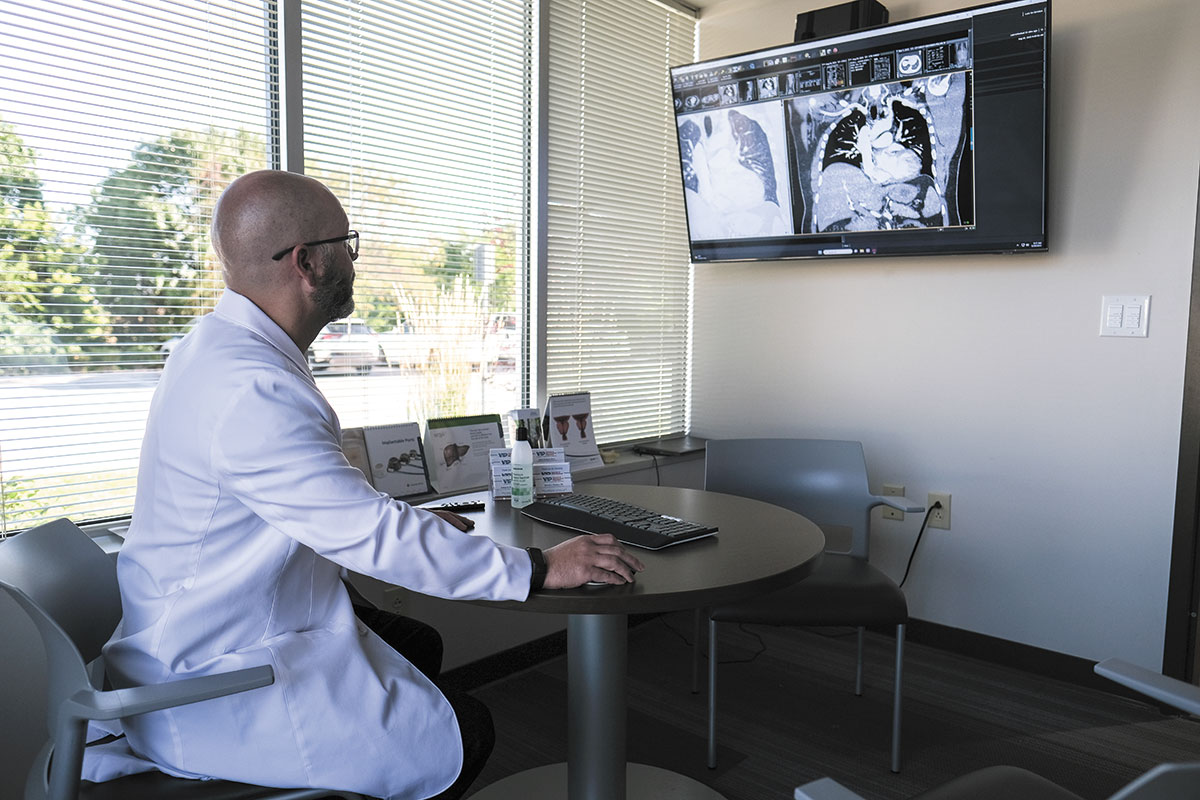
They seem to be at risk of extinction—independent physicians who refuse to go to work for hospitals, insurance companies or private equity firms.

“The dying loyal,” joked Steve Freeland, CEO of Cancer Care Group, an independent practice of 20 radiation oncologists based in Indianapolis.
Around Indiana and the nation, their numbers are shrinking every year. Nearly three-quarters of U.S. doctors, or 74%, worked for hospitals or corporate entities as of January 2022, up from 62% just three years earlier, according to a survey by Avalere, a health care consulting firm based in Washington, D.C.
But now, a group of about 30 independent medical practices in Indiana, including Cancer Care Group, are joining forces to try to thrive in a tough environment. The group, called Indiana Physicians Health Alliance Inc., registered with the state in July as a not-for-profit after nearly two years of organizing.
Its leaders say the group represents more than 600 physicians in practices from Fort Wayne to Evansville, in specialties such as neurology, orthopedics, anesthesiology, surgery and oncology.
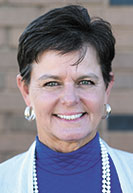
“We’re not anti-hospital,” said Linda Wilgus, one of the organizers and executive director of Northwest Radiology Network, an Indianapolis-based group of about 30 radiologists. “And we’re not anti-physicians-who-join-the-hospital-systems. But we are pro-independent, and the patient is at the center of everything we do.”
What the group aims to do is use its combined numbers to push back against economic and regulatory pressures and perhaps to make group purchases on everything from liability insurance to cybersecurity protection.
It particularly wants to push back against insurance companies who have kept reimbursement levels for Hoosier physicians low. Indiana ranks as the fourth-lowest state in the nation for physician reimbursement, or the money insurers agree to pay doctors for each procedure, according to a 2022 study by Rand Corp.
The report also showed that Indiana is one of the highest-cost states when it comes to hospital care. Those figures have set off a high-stakes debate across Indiana in recent years, with consumer and employer groups pushing for lower hospital rates, and some hospitals defending their prices while others agree to freeze prices.
The cost of health care is sure to remain in the spotlight. A task force formed by the Indiana General Assembly is meeting this summer and fall to study what can be done to lower prices on everything from emergency-room visits to major surgeries.
Low reimbursement

Meanwhile, physicians say that, as hospitals have raised their prices, insurers have kept payments to doctors nearly flat for more than a decade.
Across Indiana, health insurers raised reimbursement to doctors a total of just 4% over 15 years in the early 2000s, said Ed Abel, retired director of health care practice at Indianapolis-based Blue & Co., an accounting and consulting firm.
Many small medical practices are powerless to fight back, Abel said, while large physician groups owned by hospitals could absorb the cost and subsidize the doctors with higher wages.
“The short story is, the insurance companies have been awful to physicians,” he said.
Anthem Blue Cross and Blue Shield of Indiana, the largest health insurer in the state, said it increased its fee schedule last November after learning of the state’s low ranking for physician reimbursement.
“As a result of that adjustment to the fee schedule, many independent physicians are now at or above the national average for reimbursement,” Anthem spokesman Tony Felts wrote in an email to IBJ. “We continue to look for additional creative ways to partner with independent physicians to right-size reimbursement and create value for our members while we simultaneously work to bring down costs on the hospital side.”
The operation is part of Indianapolis-based Elevance Health Inc., formerly known as Anthem Inc., which owns Blue Cross and Blue Shield plans in 14 states.
Indiana’s hospitals, for their part, have been buying up physician practices at a significant clip in recent years, now employing the bulk of the state’s doctors. Indiana University Health Physicians, a joint venture between hospital system IU Health and the IU School of Medicine, employs more than 2,200 physicians across 77 specialties.
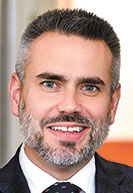
Physician groups owned or co-owned by other hospital systems also have hired hundreds of physicians: Ascension St. Vincent (982 physicians), Community Health Network (722) and Franciscan Health of Central Indiana (300).
Other corporate entities, such as insurance companies and private-equity firms, are also purchasing physician groups.
Brian Tabor, president of the Indiana Hospital Association, said there’s a reason physicians are increasingly going to work for hospitals and other large health employers.
“Indiana is near the bottom of the country for how large private insurers pay doctors,” he said. “So if we want to have medical care in Indiana, there needs to be somebody that steps up to the plate, and in many cases, that has been hospitals, who employ physicians and subsidize their practices.”
He applauded the Indiana Physicians Health Alliance for forming and calling attention to the issues.
Under pressure
Some longtime observers agree the outlook for independent physicians is demanding.
“The economic pressures on independent groups are significant and don’t show much sign of relenting,” said David Blish, director of health care consulting for Katz Sapper & Miller, an Indianapolis-based accounting and consulting firm. “I suspect 99 out of 100 doctors agree it is getting harder and harder to practice medicine from a financial perspective.”
Much of the burnout is due to the rising cost of managing a practice, from paying rent and salaries to dealing with insurers over preapprovals for medical procedures, while reimbursements stay mostly flat.
And some large insurers are actually cutting payments. Last month, the Centers for Medicare and Medicaid Services, which covers millions of elderly and low-income Americans, proposed reducing physician fees more than 3% next year.
The American Medical Association blasted the proposed cuts, saying that, adjusted for inflation, Medicare’s physician payments have dropped 26% from 2001 to 2023.
“This is almost biblical in its impact,” AMA President Dr. Jesse Ehrenfeld said in a statement. “Seven lean years that include a pandemic and rampaging inflation. Physicians need relief from this unsustainable journey.”
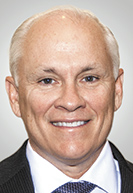
Dr. John McGoff, a retired emergency medicine physician in Indianapolis, said young doctors graduating from medical school today are less interested in managing a practice and don’t mind working for a hospital or corporate group—a huge shift from a generation or two ago.
“The guys that I trained under when I first started were all independent primary care doctors,” said McGoff, who worked at Medical Associates LLP, an independent emergency group in Indianapolis. “They graduated from medical school, they took on debt, they hung a shingle out, and they started seeing patients. That model is not there anymore. I think a lot of people would just rather come punch a clock, work nine to five and not have to worry about all those other things.”
McGoff, past president of the Indiana State Medical Association, which represents more than 9,000 physicians and medical students, is one of the backers of the new alliance.
The state medical association, for its part, said it is important that society recognize the important role independent physicians play. It said independent practices are struggling to compete in an “increasingly lopsided system,” and they need more support.
“Patients want access to high-quality, physician-led care,” the medical association said in a statement to IBJ. “Independent practices can provide that, sometimes also at a lower ultimate cost. The independent practice environment gives physicians the freedom and flexibility to practice in the way that best meets the needs of their patients and their own practice needs. Their autonomy leads to greater job satisfaction, resulting in better productivity.”
Other physician groups that have joined the new alliance include several large, established practices, including Indiana Spine Group, OrthoIndy, Goodman Campbell Brain and Spine, and WellBridge Surgical, in addition to early organizers Northwest Radiology and Cancer Care Group. All of those practices are based in central Indiana, and in some cases, have fought off attempts by large hospital groups to buy or merge their practices.
But it also includes some small and medium-size practices, such as Fort Wayne Dermatology and Evansville Surgery Associates.
From collegial to focused
How they all got together is a story in itself, stretching back a decade or more. For years, informal groups of independent physicians would meet to discuss their work and challenges.
“And they would gather and do nothing more than just speak to how things were out there in their world and where the pain points were,” said Freeland of the Cancer Care Group. “In some ways, I think it was just a collegial club.”
But in late 2021, a group called the Employers’ Forum of Indiana hosted a work group on how independent physicians could become financially sustainable.
The forum—a coalition of employers, physicians, hospitals, consumer advocates, health plans and benefit consultants—often hosted work groups on various issues in health care and decided this was an important topic. Wilgus of Northwest Radiology attended and agreed to chair the small work group.
After some research, they determined that roughly 70% of Indiana physicians work for a hospital group, compared with a 50% national average. Another 20% work for groups backed by Wall Street money, such as private-equity firms.
The group concluded that industry consolidation was allowing hospitals to use their growing market power to negotiate higher reimbursements for hospital services. But that had the effect of lowering the reimbursement of physicians, setting rates in Indiana at near the bottom of the nation.
“That was a kick in the pants that the independent groups need to say, ‘We don’t want to be employed; we don’t want to work for private equity,’” Wilgus said. “But we’ve got to figure out how to tell our story, why the independent physicians are so important to the ecosystem of health care, and why people should support us.”
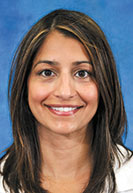
But the group wondered whether it was too late to stop the rush away from independent practice.
“Has the horse already left the barn?” said Gloria Sachdev, CEO of the Employers’ Forum. “Maybe we should have had this conversation a few years ago.”
But for many independent physicians still in practice, the lure to stay on their own has been hard to overcome. Some group practices are fairly healthy, with plenty of business and enough money to go around. Others are struggling and look for every way possible to save a few bucks on supplies, insurance and overhead.
Passionately independent
The one thing they have in common, supporters say, is that they fiercely want to avoid punching a time clock and taking orders from an employer. They want to stay in control of such things as working hours, salary and benefits, patient treatment plans and investments in equipment.
“They are diehard physicians that passionately intend to live independently in their practice worlds,” said Freeland of the Cancer Care Group, which contracts with 18 hospitals in Indiana, including Franciscan Health and Ascension St. Vincent, to provide radiation oncology services.
The group had numerous discussions, sharing ideas and hearing from some outside experts. Members decided they needed a group that would work on their issues and speak to their concerns. Using the voice of the Employers’ Forum or one of the many medical associations in Indiana wouldn’t work, they concluded.
“So that’s why they needed to form their own organization,” Sachdev said. “And they needed to get out in front of the policy ideas.”
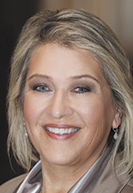
The group officially formed last fall and registered with the state this summer. It hired an experienced health care policy official as part-time executive director: former Indiana state Rep. Cindy Kirchhofer, Republican of Beech Grove, who served several terms as chair of the House Public Health Committee before she was defeated for re-election in 2020 and later set up a health care consulting business.
Kirchhofer said Indiana’s legislative leaders have made it no secret that one of their top goals is to find ways to lower the cost of health care in Indiana. She expects lawmakers to consider numerous bills affecting physicians early next year, and she said independent physicians need to speak in a united voice as the bills are getting reviewed.
“All the players in the health care space have really engaged over the last few years to come up with ideas and solutions to the high costs of health care and/or the perceived high cost of care in Indiana,” she said.
And independent doctors need to be at the table, she added.
Other work the group plans to do includes mentoring medical students, learning best practices in managing a medical office, working with employers to try to lower health care costs, and buying supplies and services in bulk when possible.
It has established a temporary, three-person board made up Freeland, Wilgus and John Ryan, head of OrthoIndy. The organization plans to meet again in October and elect new leaders, including a physician-president.
The group says it is working in haste, well aware that time is not on its side. Members don’t want their effort to be the last gasp for independent physicians.
“Unfortunately, there’s not a whole lot of us left,” Wilgus said. “But we feel we play an important role.”•
Please enable JavaScript to view this content.
